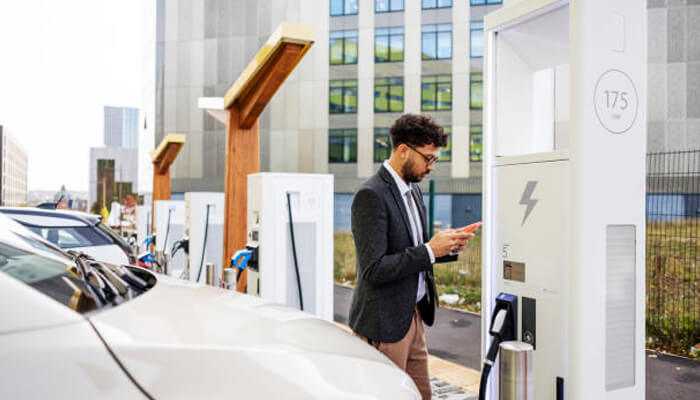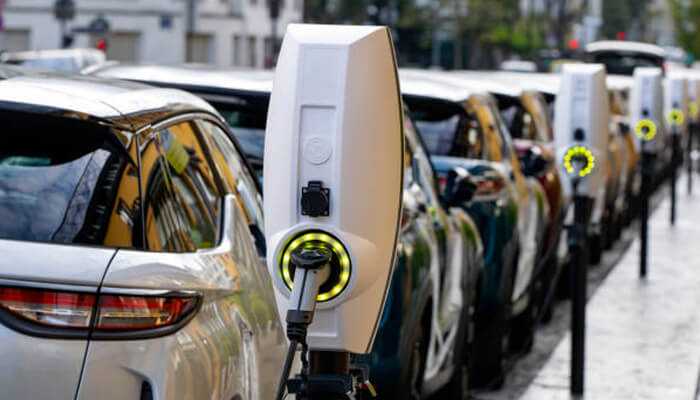The need for charging architecture is in demand, and fast-paced technologies need EV charging stations. Several brands are offering a rapid version to charge, but each one has network issues.
What are the EV charging stations’ main challenges?
The EV charging stations’ main challenges include communication between charge station companies and the grid, high installation costs, and charger compatibility. Here are the other challenges that manufacturers experience in running and installing the charging station network.
Deficiency of universal types of charge connector
EVs vary with charging connectors, and there is no universal charge connector type. The newer vehicles use Type 1 or 2 or even combined CCS (combined charging system) connectors. The standard 5-pin design is Type 1, and 7-pins are Type 2 cables for charging. They support DC charging.
The challenge is there is no proper training for the installation contractors of EV charging stations. Having proper knowledge is helpful in advising clients and providing suitable solutions to niche markets.
1. Providing business and home electrical services
The electrical infrastructure existing for buildings and homes varies. For load management, they need to upgrade.
The challenge is the electrical contractors need to assess if the panel and the service support the burden of electricity. They need to determine the service code. Besides emergency updates or disconnection, there will be higher installation costs. It is essential to calculate the load so that the installation of EV charging stations does not overtax the sub-panel or electrical panel.
2. New technology requests from consumers
There is a rapid increase in buying electric vehicles and charging equipment. It shows that soon there will be mass adoption and exponential growth.
MCAs are using surge protectors to safeguard their appliances, and others are using MCA installations in conjunction. However, the electrical service contractors’ challenge is it provides benefits and may result in complications while installing the charging station.
3. Fire Protection Requirements
Another big challenge for installing EV charging stations is the fire protection requirements. Considering maximum safety and load management, the contractors are not taking risks. They are using the current variables to see the effect of EV charging station installations.
EV challenges with charging networks
Poor infrastructure: Setting up a network for charging includes installation costs. It varies from $2500 to $35,800 in a slow-to-fast charger. Buying electric cars comes with the challenge of charging availability. There will be trouble charging in a populated area. Rural areas lack charging infrastructure. Besides, the installation needs heavy investment. Installing overnight or midnight chargers is the best direction.
Ease of use:
The charger’s availability is uncertain and unreliable, making it an issue for drivers. There is a need for long-term plans to facilitate even disabled drivers charging their vehicles. There should be business ideas supporting multiple apps to identify the charger availability destination.
Power issues:
Service stations must provide rapid chargers to help on-route travelers. Managing peak times on the grid is a challenge and adds to the trouble of installing chargers and power companies. The need is to plug and top up power while you grab a coffee. There should be modern chargers utilizing full-speed chargers.
Integration of payment
Charging cars and paying using QR codes, apps, and contactless, and RFID cards is helpful. Having a method or app to pay requires all the niche markets to come together. There is a need for an introduction from Germany for EV drivers to charge using a credit or debit card. Thus, it eliminates the need to sign up and download different apps to charge your vehicle.
Wrapping Up
Innovation and technology drive electric vehicles to users getting crazy to own. However, there are challenges in EV charging station installation. There is a need for the right combination of highway service and home station chargers, and the local governments can take the charging network genuinely.



